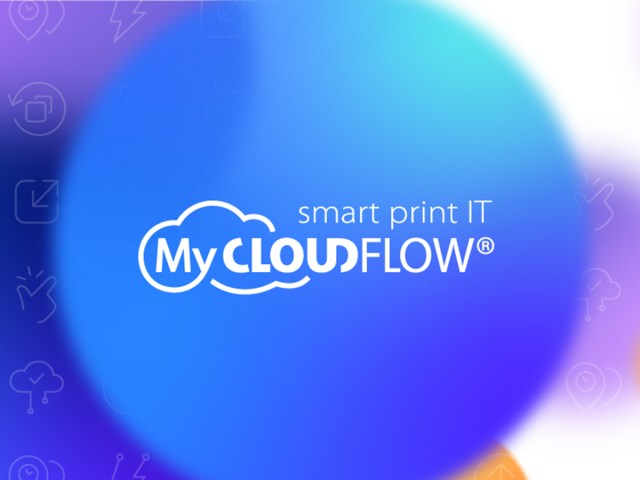
Above: Tim Sykes, Stefan HillB, Christian Menegon and Heath Luetkens
Hybrid Software and HP representatives were among the key executives who joined a recent European webinar to discuss the future challenges in the packaging category.
Organisers and partner sof drupa’s ‘touchpoint packaging’ initiative gathered to discuss their visions for the future of the industry ahead of next year’s drupa conference.
The online panel hosted by Packaging Europe titled ‘Exploring Print & Packaging Futures in a Sustainable and Connected World’ shared insights on managing the evolving landscape of brands and retailers.
Inviting leaders from HP Inc, Hybrid Software, and Linked2Brands, among others, the panel covered a wide range of intersecting topics including the relationship between print and packaging amid increasing digitisation, growing sustainability demands, and the increasingly complex connection between pack and consumer.
Among the questions asked were: ‘How is the consumer’s mind changing and how can brands cater to new touchpoints?’; ‘What benefits can virtual prototyping bring for e-commerce?’ and ‘Where are untapped opportunities for brands to improve their sustainability efforts?’.
Linked2Brands CEO at Stefan Hilss spoke about how different areas of packaging – such as point of sale, ecommerce, and traditional commerce – could no longer exist in silos. Rather, Hilss said that these channels had to operate in parallel and correlate with one another, with packaging serving as “a touchpoint connecting the digital and physical spaces”.
However, Hilss emphasised that industrial printing still had a place in the sector due to the persisting need for high volume. He also said that while he did not foresee every single pack carrying its own story, it would still have a digital twin.
“Technology is the enabler to make those things possible and it will make the pack again a carrier of information, which maybe in the past wasn’t so relevant because other things disappear,” Hilss said. “Things we thought were absolutely relevant for the pack ten years ago may become obsolete, whereas other things all of a sudden will make it onto the pack.”
The group also addressed the building movement toward sustainability in the printing and packaging industry and what issues digital technologies could – and could not – effectively solve. They argued that digital is one part of sustainability, not a one-stop solution.
Hybrid Software Group business manager 3D Graphics Heath Luetkens commented on the growing push towards the recyclability of different materials that are being used in the package along with the importance of technologies such as magnetised inks, recyclable shrink sleeves, and the container itself.
He also advocated for longer, more sustainable runs for packaging to avoid adding more waste to the creation of products.
“Even beyond just the generic package, we’re a large world, and brands have to adopt the package for that world and the different materials in each area,” Luetkens said.
HP Inc BDM industrial products Christian Menegon noted that while digital printing couldmakeasignificantcontribution towards sustainability, it should not be viewed as a one-stop solution but rather “one aspect in the whole supply chain of a brand”.
A separate section of the webinar discussed the impotance of packaging connecting the brand and the consumer. The speakers addressed the changing role of packaging as moving away from micro- marketing and telling the bold story behind the product, with technology such as QR codes or embedded chips allowing the consumer to acquire the detailed product information online.
Luetkens described the package as “changing into a vessel that allows us to connect”.
Menegon, meanwhile, emphasised how the transition to digital would be gradual, occurring as conventional printing technology plateaued and came to rely on outside or ancillary equipment to extend its capabilities.
“With digital printing, we’re still in the ramp up, so we have plenty of room to go before we become a replacement,” Menegon said.


